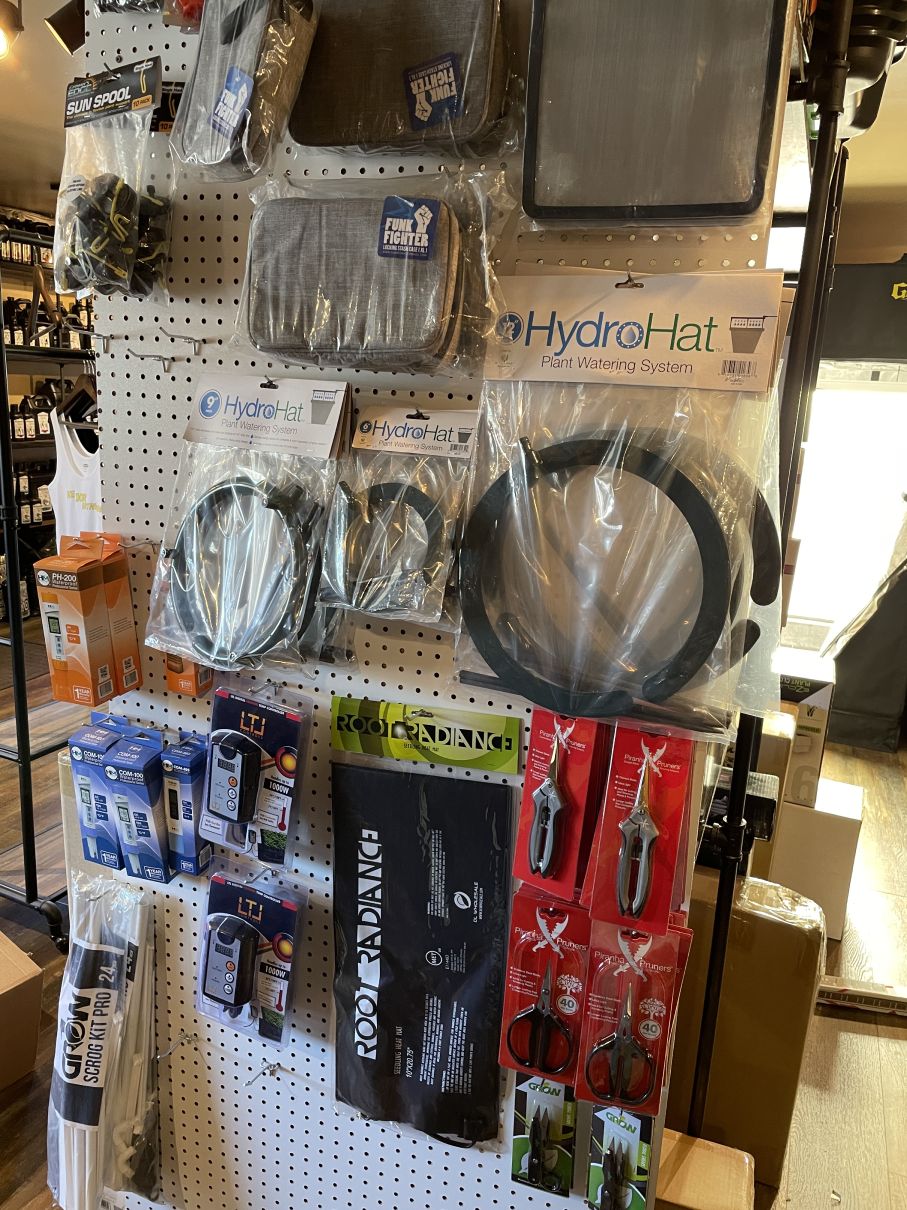Raise Your Gardening Video Game: Introduction The Indoor Earthworm Growing Method
Unlocking the Prospective of Hydroponics: Understanding Its Makes Use Of and Various Types
Hydroponics, a method of cultivating plants without soil, has actually garnered increasing focus for its potential to change agriculture and cultivation practices. As we browse via the intricate landscape of hydroponic systems and techniques, it comes to be apparent that each technique holds distinct advantages and constraints.
Benefits of Hydroponic Solutions

Another advantage of hydroponic systems is the capability to expand plants in a smaller area. By eliminating the requirement for dirt, plants can be grown vertically or in stacked systems, optimizing making use of offered space. This is particularly useful in urban locations or regions with restricted cultivatable land. Furthermore, hydroponic systems decrease the threat of soil-borne diseases and parasites, as there is no dirt to harbor these threats. This leads to much healthier plants and lowers the demand for unsafe chemicals, making hydroponic farming an extra eco pleasant and sustainable choice.
Usual Uses in Agriculture

Provided the reliable water preservation and space-saving advantages of hydroponic systems, it is obvious that these ingenious agricultural methods have actually located common usages in numerous industries of agriculture. The regulated atmosphere of hydroponic systems enables year-round growing, giving a consistent supply of fresh fruit and vegetables no matter of external weather condition problems.
Hydroponics is frequently used for expanding a range of crops, including leafed greens, tomatoes, cucumbers, strawberries, peppers, and herbs. In addition, hydroponic systems are utilized in study and academic settings to examine plant growth, nourishment, and farming techniques.
Discovering Different Hydroponic Methods
What are the various cutting-edge techniques used in hydroponics to boost crop farming effectiveness and generate? Hydroponic systems supply a variety of methods that satisfy different plant types and farming objectives. One popular technique is the Deep Water Culture (DWC) system, where plant origins are submerged in a nutrient solution, supplying enough oxygen and nutrients. An additional commonly utilized method is the Nutrient Movie Strategy (NFT), which involves a shallow stream of nutrient service streaming over the plant roots, advertising water and nutrient uptake. Additionally, the Ups and downs system, additionally called the Flood and Drainpipe system, intermittently floodings the plant origins with nutrient remedy, allowing for oxygenation during draining pipes periods. Aeroponics is another sophisticated method that involves misting plant origins with a nutrient solution, making best use of oxygen absorption and nutrient uptake. Each of these strategies showcases the convenience and performance of hydroponic systems in boosting plant growth and yield.
Comparing Various Hydroponic Systems
Discovering the performance and yield improvement methods in hydroponics leads us to contrast different hydroponic systems offered for crop growing. Each hydroponic system has its one-of-a-kind functions, advantages, and restrictions, making it crucial for cultivators to pick the most ideal system based upon their particular needs and constraints.
One of the most typical hydroponic systems is the nutrient film method (NFT), where a slim film of nutrient service constantly streams over the plant origins. In contrast, the deep water culture (DWC) system immerses plant origins directly into the nutrient option, giving adequate oxygen and nutrients.
An additional preferred hydroponic system is the ebb and circulation (or flood and drainpipe) system, which periodically floodings the plant origins with nutrient remedy before draining it. By understanding the distinctions between these hydroponic systems, farmers can make educated decisions to maximize plant yield and quality.
Technologies in Hydroponic Innovation
One vital advancement is the development of wise hydroponic systems that utilize sensing units and automation to keep track of and readjust environmental problems such as pH degrees, nutrient concentrations, and light exposure in real-time. These systems allow specific control over expanding problems, leading to optimum plant growth and higher plant yields.
An additional notable development is the assimilation of vertical farming techniques with hydroponic systems, permitting the growing of crops in stacked layers. This upright approach he said makes best use of area application, making it excellent for city settings where land schedule is restricted - The Indoor Earthworm. Furthermore, making use of sophisticated LED lights systems customized to certain plant needs has improved energy efficiency and boosted growth rates in hydroponic arrangements
Innovations like these a knockout post are driving the evolution of hydroponics, making it a extremely eye-catching and lasting option for contemporary agriculture.
Conclusion
Finally, hydroponics uses countless advantages in farming and has numerous techniques and systems that can be made use of to optimize its capacity. Developments in hydroponic innovation continue to boost performance and sustainability in food manufacturing. By comprehending the uses and various kinds of hydroponic systems, growers and farmers can unlock the full capacity of this innovative approach of expanding plants without dirt.
In addition, hydroponic systems enable for much better control over nutrient levels, pH balance, and ecological problems, leading to much healthier plants and higher yields.
